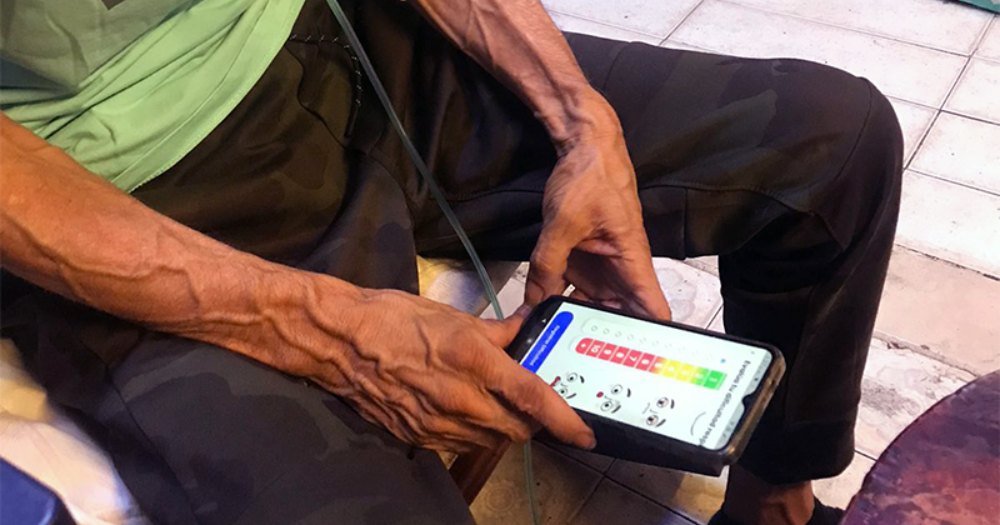Research: Mobile apps could help improve quality of life for COPD patients

Ever heard the phrase "there's an app for that"? Turns out, there's now an app for something as critical as managing chronic obstructive pulmonary disease (COPD). Breathing easier is no longer just a metaphor.
In a recent study, researchers examined a mobile app designed specifically to help COPD patients who rely on home oxygen therapy. This app promises to track clinical status and improve quality of life — and by all accounts, it delivers. The results? Pretty impressive, if you ask me.
How does it work?
The study split participants into two groups. One group received the usual care from their healthcare providers, while the other group got a little tech upgrade — they used a mobile app called AppO2. Over three months, these patients logged their symptoms, oxygen levels, and more. The app wasn't a replacement for traditional monitoring; rather, it was an extra tool in their health toolkit.
The app's magic lies in its ability to keep tabs on vital signs and symptoms daily. It lets users record their oxygen saturation, track dyspnea using the Borg scale, and even self-report quality-of-life indicators via a handy COPD assessment test (CAT). And with a median use of 21 days over the trial period, people didn't just download it and forget about it — they actually used it.
Why does it matter?
Why should we care about yet another health app? Because COPD isn't just another health condition. It's a progressive disease that makes every breath a struggle. Managing it well can mean the difference between frequent hospital trips and a stable, more comfortable life at home.
And here's the kicker: The patients using the app reported significant improvements. Their CAT scores dropped, meaning their perceived impact of COPD on daily life got better. Plus, their dyspnea levels — that constant feeling of breathlessness — reduced dramatically.
And it's not just about numbers — it's about giving people a sense of control over their health. With fewer hospitalizations and a better grip on symptoms, these patients seemed to breathe easier — literally and figuratively.
The context
COPD isn't just about smoking anymore. Sure, tobacco exposure remains the leading cause, but factors like air pollution and chemical exposure are increasingly part of the equation. Oxygen therapy is often prescribed for severe cases, but it can be cumbersome and anxiety-inducing for patients. That's where mHealth solutions, like AppO2, step in — bridging the gap between medical care and self-care.
In a world where smartphones are practically extensions of our hands, leveraging technology for chronic disease management feels like common sense. This study highlights a trend in healthcare: empowering patients through digital tools. And the takeaway? It's working.
By marrying traditional healthcare with modern tech, apps like AppO2 aren't just changing how we manage diseases — they're changing lives.
💡Did you know?
You can take your DHArab experience to the next level with our Premium Membership.👉 Click here to learn more
🛠️Featured tool
 Easy-Peasy
Easy-Peasy
An all-in-one AI tool offering the ability to build no-code AI Bots, create articles & social media posts, convert text into natural speech in 40+ languages, create and edit images, generate videos, and more.
👉 Click here to learn more


